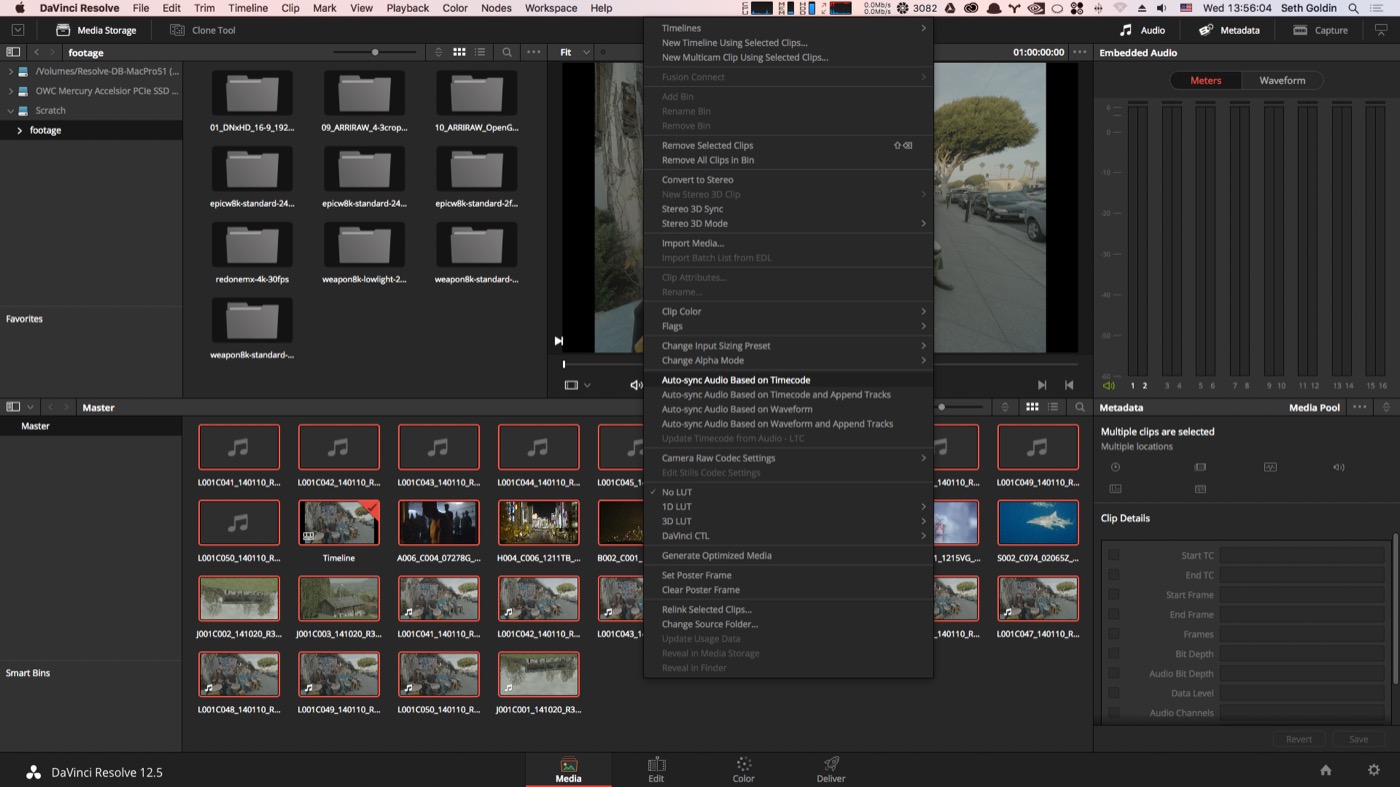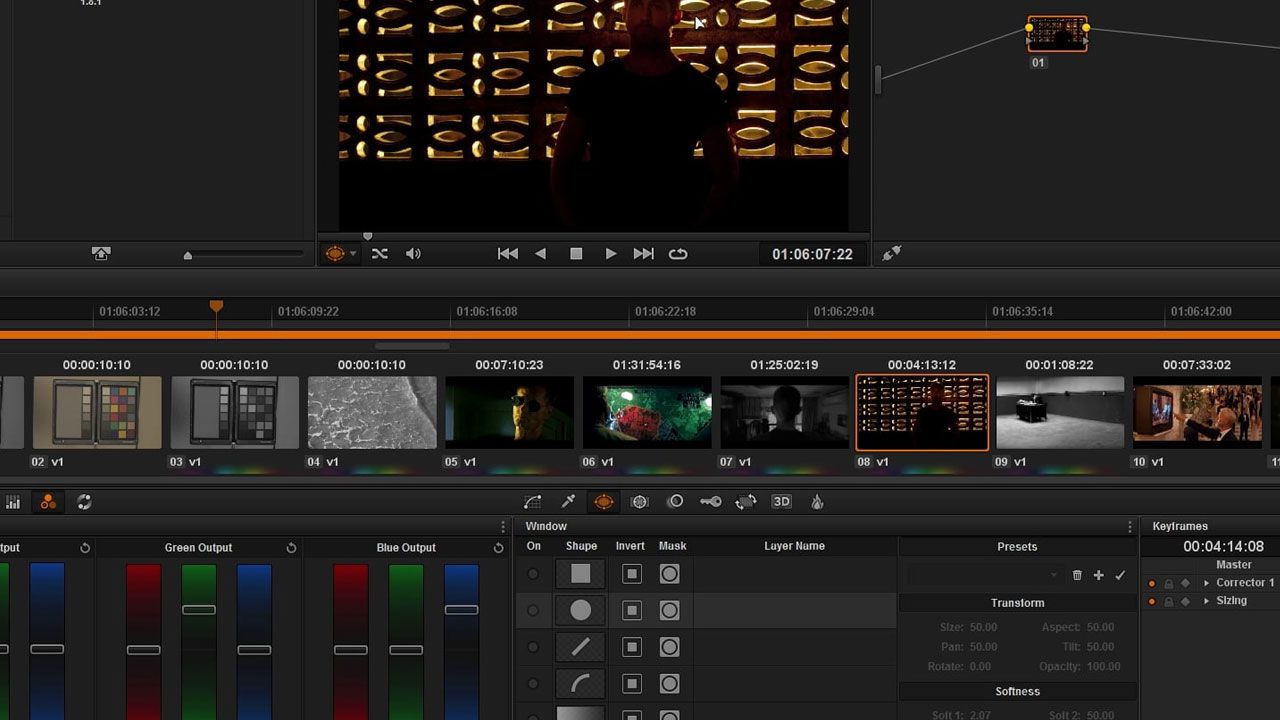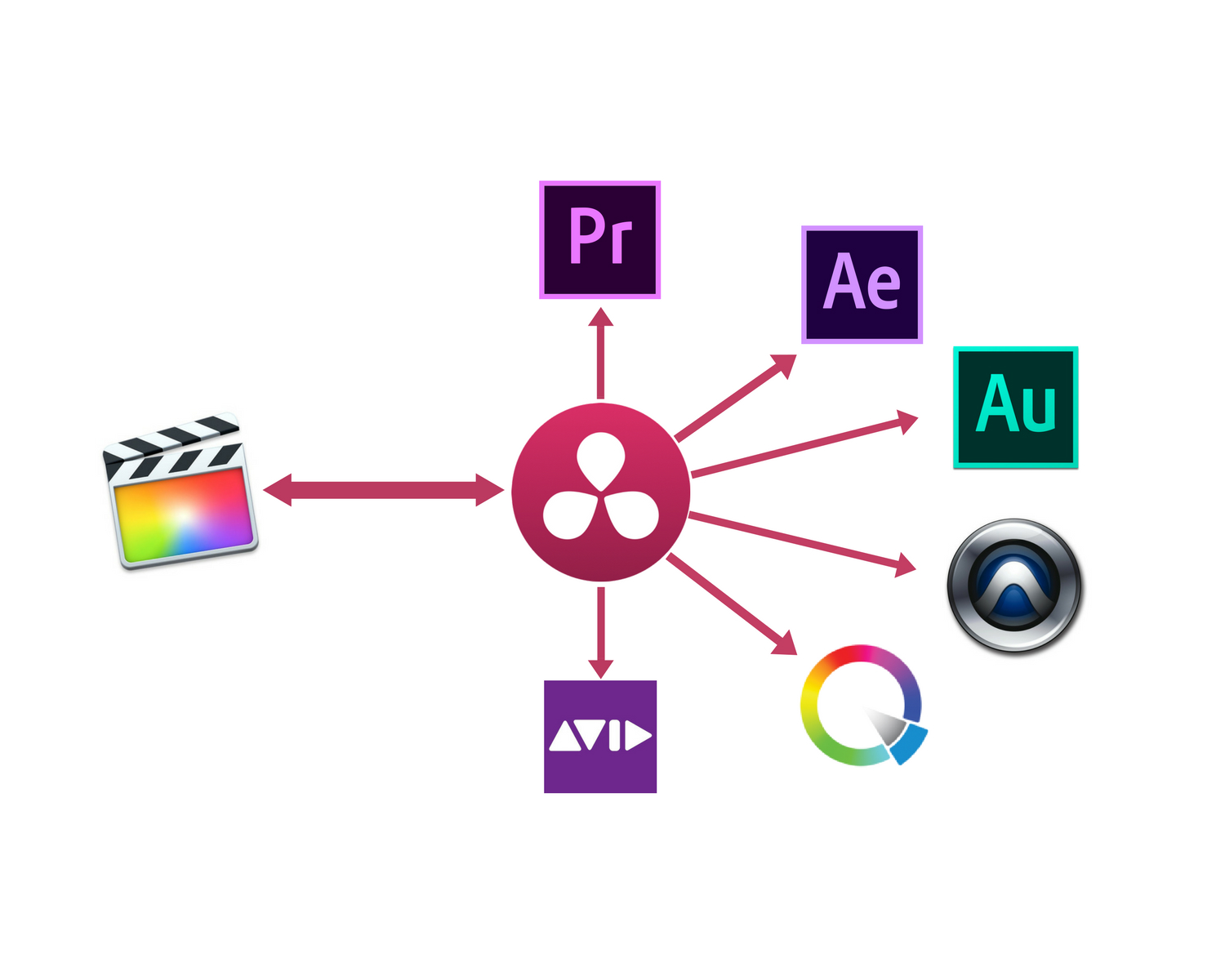Davinci Resolve Adobe Audition
Cover image via
DaVinci Resolve Adobe Premiere This one’s easy: If you need a video editing tool that’s every bit as powerful as Adobe Premiere—minus a few extreme limitations for the app’s “free.

We’ve paired up Custom Keypad with DaVinci Resolve to create an iPad controllable color grading surface – but how does it measure up?
- DaVinci Resolve Studio has several tools inside itself that has a particular mission, unlike Adobe Premiere, which needs After Effects and Audition for a more in-depth edit. It has Fusion, which is like After Effects, essentially for motion graphics, compositing, chroma.
- DaVinci Resolve is from Blackmagic Design company which also manufactures. Digital film cameras like Blackmagic Pocket cinema cameras, Blackmagic URSA Mini Pro 4.6K, and the recent Blackmagic URSA Mini Pro 12K! DaVinci Resolve hardware control panels for color-grading, audio console for Fairlight, etc.
- Plugins and effects for Final Cut Pro, Premiere Pro, DaVinci Resolve, Audition. Remove wind noise from your videos and podcasts while leaving your voices intact. Plugins and effects for Final Cut Pro, Premiere Pro, DaVinci Resolve, Audition. Download Products News Support About.
- Please put your problem in the comments if this didn't work, and I will try and answer it.Maybe subscribe and request for more tutorials.

I have to admit I’m intrigued by the possibilities of using an iPad as a control surface/controller. I previously wrote about using CTRL + Console with Premiere Pro & Final Cut and AC-7 as a control surface for Adobe Audition.
Now there is a controller for DaVinci Resolve 10, created by Esperimento Cinema, an independent digital production studio in Italy. It is not designed to replace a professional color control surface, but rather be easier to use than a mouse/keyboard.
Davinci Resolve To Adobe Audition
The Resolve 10 Layout is a free download, however it does require the app Custom Keypad ($3.99) to work. Custom Keypad is an app that lets you create custom keyboards to control your computer.

Setup the DaVinci Resolve iPad Surface
- On your iPad, purchase the Custom KeyPad app.
- Connect KeyPad to your computer (works on Mac, PC, Linux). To do this, you need VPN software on your computer. Follow the KeyPad support instructions for your type of computer. I’m on a Mac, so I used the built-in VPN capabilities of “Remote Management”. This is fairly straightforward and takes about 5 minutes.
- Download the Resolve 10 Layout, and choose “open in Custom KeyPad”.
- In Custom KeyPad choose the “Esperimentocinema_Resolve_10_v1.layout”
- Launch Resolve and you are ready to work.
- Make sure that your iPad is set to not sleep, or you will lose your connection. Similarly, make sure it is powered or it will run down.

Using the iPad Controller in DaVinci Resolve
Davinci Resolve Adobe Audition
Since I just have the Trackball Panel (third below) I wanted to see if the app could function like a mini version of the either 3 panels.

Note: Tangent sells a virtual version of the Element Panels for $150.00, but at this price point I don’t see many folks trying this.
I did a test session with the app and this is what I found:
Edit Page: I found it handy to use it to control playback and set In and Out. Playing the footage, looping, and marking clips all worked without any lag. You can add Markers and Flags, but you can’t clear them from the Layout which is annoying. Hopefully that is added in.
When I need to cut clips, I liked using the mouse to navigatg and cutting the clip with the Razor button in the App. The razor also works during playback. I also like being able to Zoom the Timeline (Zoom to Fit) with one click on the layout.
Color Page: I found it quicker to use the iPad to control my stills (Grab, Play, Previous, Next). You can then use Wipe On/Off to toggle off when needed. The Previous Still button didn’t work for me, but I could cycle through the Stills with Next Still.
Working with Nodes: In my opinion working with nodes on this control surface is quicker and easier than going to the Menu in Resolve. Enable/Disable works, but not Enable/Disable all. I found I used Serial Node, Add before Current, Outside Node, and Append Node often.
Qualifiers: When using Qualifiers, I preferred using the app to turn on and off Highlights. That way I can adjust the settings and just toggle the view with my left hand.
I would like to see an update to the Resolve Layout. It is a great start, but could use a lot of finesse and tweaking for a smoother user experience. I’m looking forward to NAB and hopefully we will see more apps like this one this year.
